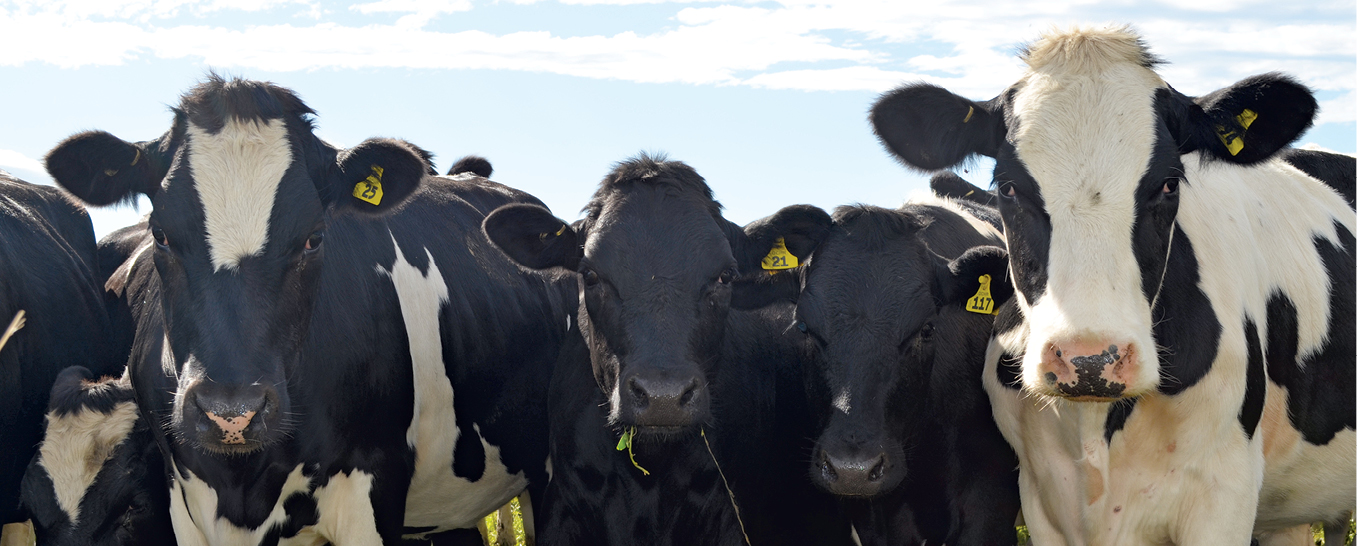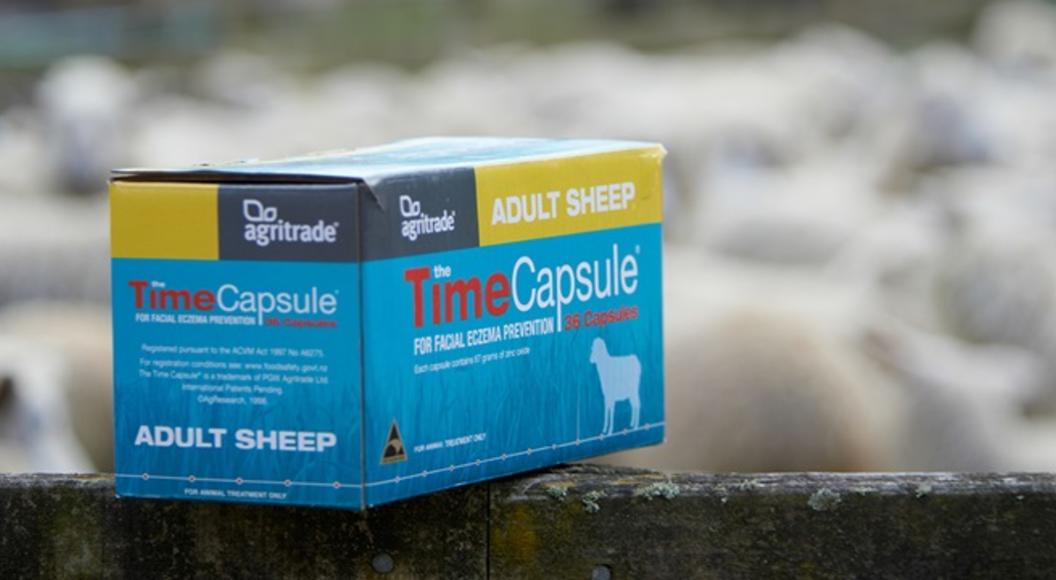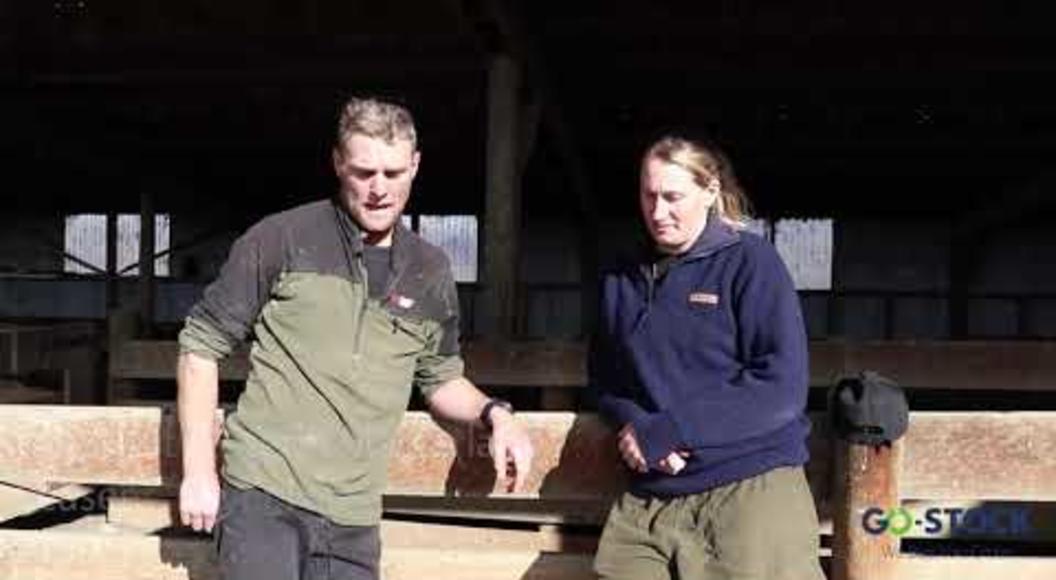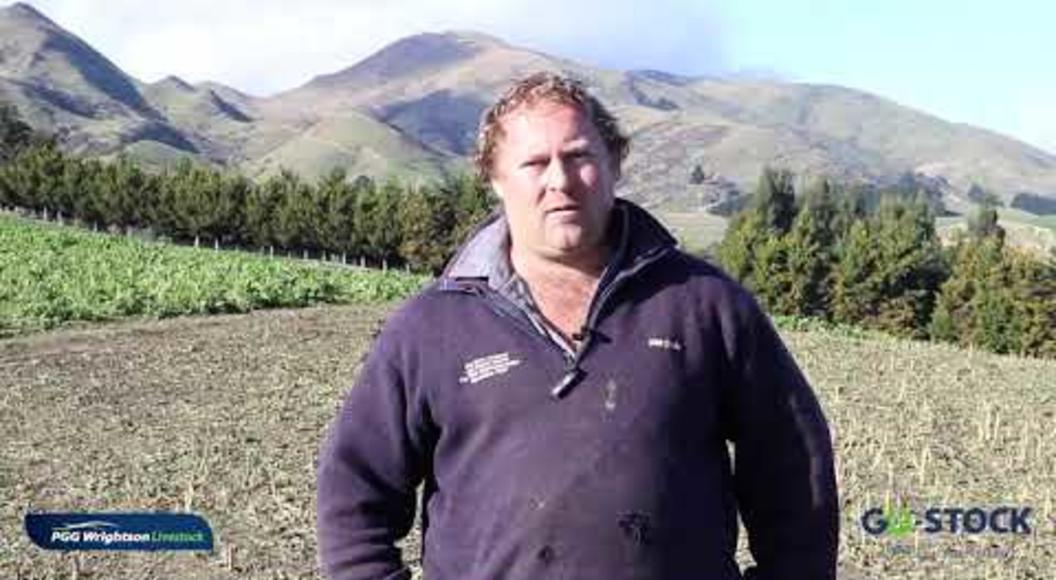
Parasite protection in lactating cows
Many factors can have an impact on cow production: nutrition (quality, quantity and mineral balance), body condition score, foot soundness and disease. Production is negatively impacted if cows are exposed to, or are suffering from, infection or infestation. This is simply due to their immune system using valuable protein and energy to fight off that disease agent, rather than using it for production.
A good example is the larvae of internal roundworm parasites. Every day that cows graze grass, they ingest parasites. If young stock graze the farm or covers are pushed lower, they’re likely to be exposed to a bigger larval challenge.
You can help protect your cows with Cydectin Pour-On, as it continues to kill incoming Ostertagia ostertagi larvae (the most detrimental parasite in cattle) for up to 35 days. This persistent action pays dividends. In New Zealand trials, Cydectin-treated cows produced on average four kilograms of milk solids (kgMS) per cow more than untreated cows1.
If your cows are currently affected by parasites, don’t wait until dry-off to treat them. Cydectin Pour-On has a nil withholding period for milk, meat and bobby calves, making it a flexible and convenient choice to have in the shed. Choose an effective, proven all-rounder if your cows are in need of parasite treatment this autumn.
Talk to one of your local PGG Wrightson Technical Field Representatives for more information on worming cattle with Cydectin Pour-On.
Supplied by Zoetis
1 Murphy, A. (1998), The effect of treatment with moxidectin, a long acting endectocide, on milk production in lactating dairy cows, Buiatrics World Congress.


